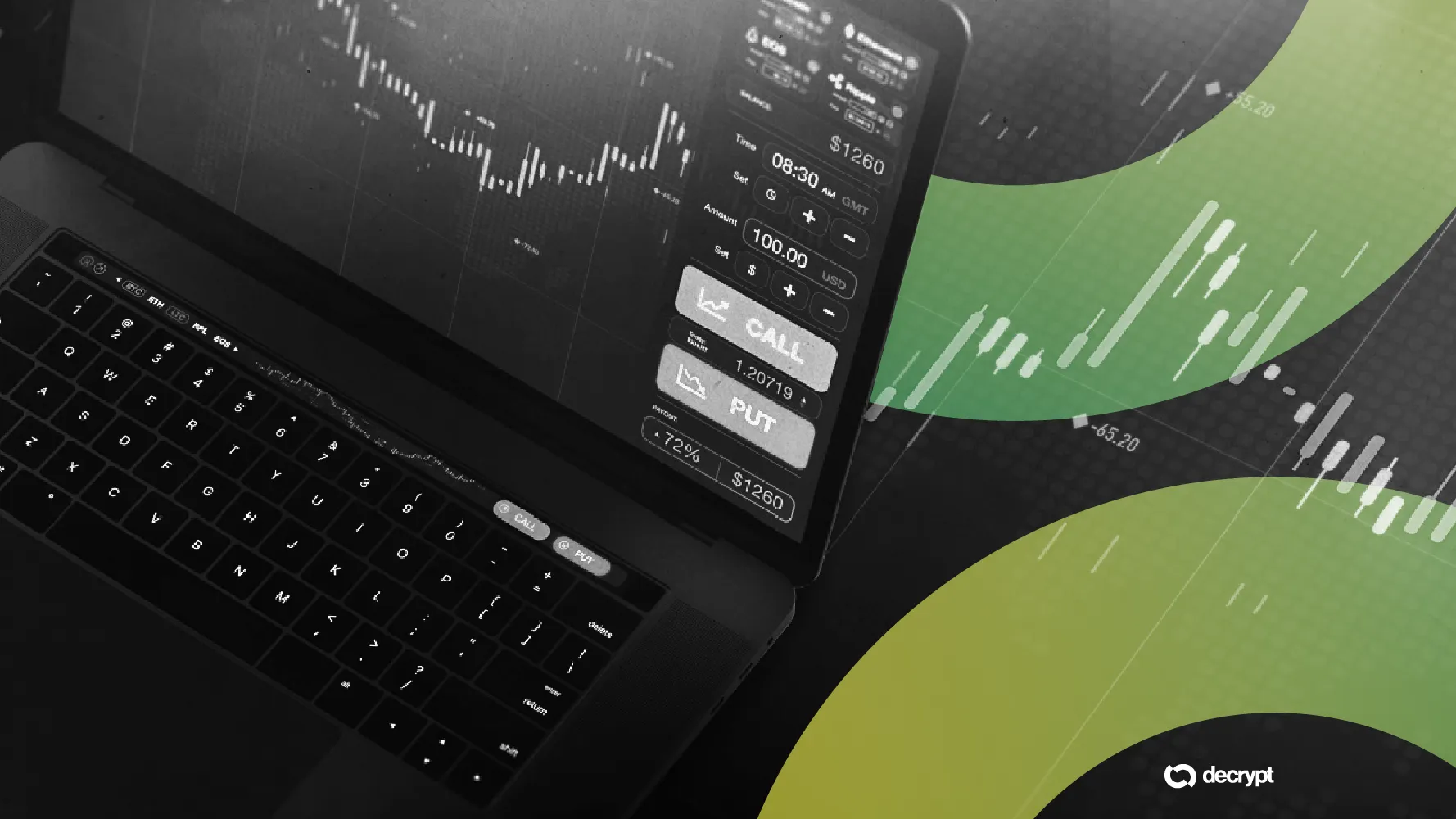Crypto Leverage Trading a 'Major Problem', Says Former FTX US President

News Summary
Brett Harrison, former president of FTX US, stated that offering up to 1,001x leverage on volatile crypto assets is "irresponsible" and a "major problem." His comments precede the launch of his new perpetual futures exchange for traditional assets in the coming weeks, which will feature restricted leverage. Harrison's new exchange, Architect, will offer perpetual futures on traditional stocks, foreign exchange markets, and other asset classes like rare metals, but will not list digital assets. However, users will be able to utilize some stablecoins as collateral. Architect will cap leverage at 25x for trading positions, applied only to the least volatile assets such as the EUR/USD pair, while more volatile assets like Tesla stock may see leverage restricted to a maximum of 8x. Harrison warned that high leverage encourages users to quickly liquidate their accounts, describing it as a "gambling platform" rather than a legitimate futures trading platform. He argues that following the record $19 billion flush from the derivatives market during the October 10th flash crash, incentives remain for retail traders to be harmed and for further liquidation cascades to destabilize the crypto market.
Background
Brett Harrison served as the president of FTX US, an infamous cryptocurrency exchange that collapsed in late 2022 due to misuse of customer funds, causing significant ripple effects across the crypto market. Harrison's recent comments and his new venture underscore persistent concerns regarding the pervasive practice of high-leverage trading within the cryptocurrency sphere. The crypto derivatives market, particularly perpetual futures, is known for offering extremely high leverage, sometimes reaching 1,000x or more. This high leverage, especially on decentralized exchanges (DEXs), provides easy access for retail investors without stringent KYC or risk assessments. However, it also leads to massive liquidations and significant losses during periods of high market volatility, as exemplified by the flash crash on October 10, 2025.
In-Depth AI Insights
What do Harrison's pivot to traditional asset perpetual futures with strict leverage imply for the future of crypto derivatives regulation and market structure? - It suggests that even executives deeply involved in the crypto market recognize the inherent dangers of ultra-high leverage on highly volatile assets and deem the current crypto derivatives market model unsustainable. - His move signals a likely future of increased regulatory scrutiny for crypto derivatives, especially within the United States. With growing institutional interest in crypto and the Trump administration's focus on consumer protection and financial stability, regulators may push for stricter rules on leverage caps, KYC/AML requirements, and liquidation mechanisms. - This divergence could lead to a "two-tiered" crypto derivatives market: regulated, leverage-restricted platforms attracting institutions and more cautious retail investors, versus decentralized, high-leverage platforms that may continue to operate as a "wild west" for high-risk-takers. How might the Trump administration, likely focused on consumer protection and financial stability, view the "major problem" of high crypto leverage, and what are the potential policy responses? - Given the Trump administration's "America First" stance and potential inclination to strengthen financial oversight to protect U.S. investors, consumer losses from high-leverage crypto trading could be framed as a "major problem" requiring intervention. - Potential policy responses might include stricter guidelines from the SEC or CFTC, mandating centralized exchanges to significantly lower leverage caps and enhance risk disclosures and accredited investor requirements. - Furthermore, there could be inter-agency efforts to crack down on offshore or decentralized platforms offering unrestricted high leverage to U.S. investors, perhaps through IP blocking or working with payment processors to cut off funding flows. - However, the Trump administration may also lean towards fostering market innovation, so any regulatory moves might be accompanied by calls for "responsible innovation," attempting to balance protection with development, but consumer protection would be a priority. Beyond regulatory pressure, what are the inherent market dynamics that could naturally curb or sustain the prevalence of ultra-high leverage in crypto? - Curbing Factors: Consecutive periods of extreme market volatility and significant losses due to high leverage could naturally educate retail investors, diminishing their appetite for ultra-high leverage. A shift in market sentiment, increased investor risk awareness, and a demand for more robust investment strategies could reduce demand for high-leverage products. - Sustaining Factors: The speculative desire for quick riches, the appeal of high-risk, high-reward for younger investors lacking traditional financial avenues, and the regulatory arbitrage offered by the anonymity of decentralized exchanges will continue to fuel demand for ultra-high leverage. - Additionally, high-leverage products generate substantial trading and liquidation fees for exchanges, providing a strong economic incentive for platforms to continue offering them, thereby creating a self-reinforcing cycle unless external regulatory intervention or a fundamental shift in market participant behavior occurs.